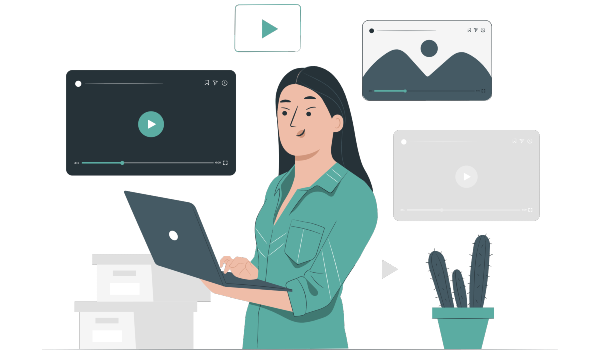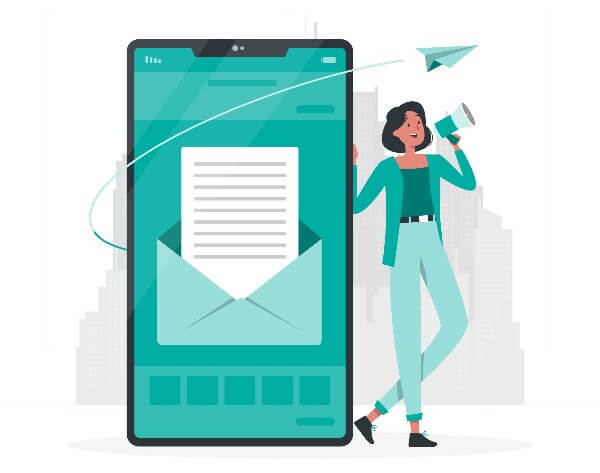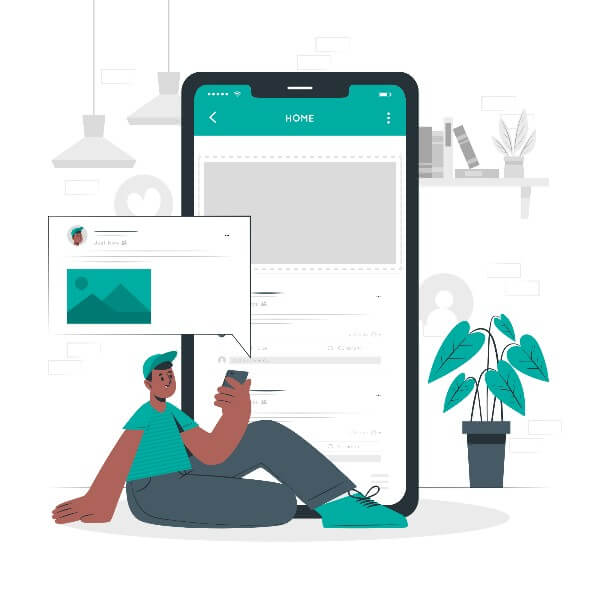Market segmentation is the process of dividing your target audience into several homogeneous groups that will perceive your messages in relatively similar ways. Your business will attract more and more customers, and the campaigns you run will bring you the best results if you target an audience that has a real need for your product or service.

Why Is It Necessary to Establish the Target Audience?
You've probably seen an ad that has nothing to do with you or your needs. On the other hand, even companies that do such targeting waste budgets in vain and do not get the expected results, ending up losing confidence in online marketing over time.
Targeting only relevant customer segments is important for all your online marketing activities, from sponsorships to copywriting. To know your customer’s avatar, you must consider the following characteristics: income level, age, gender, location, interests, education, social status, field of activity, family status, and hobbies.

Here are some helpful questions to help you determine your customer avatar:
What age is the avatar?
Where does the avatar live?
Is the avatar female or male?
What are the avatar’s purposes?
What are the avatar’s values?
What is the avatar’s family situation?
How many children does the avatar have, and how old are they?
What are the most important features of the avatar on a personal level?
You should also research the following:
Values – Examples: family, religion, and a healthy lifestyle.
Fears – Example: There is no store in their region.
Objections – Example: “It’s expensive” or “It’s far.”
Primary sources of information – Example: television, social media, press.
Next, audience segmentation will be done according to four criteria:
Geographically
Demographically
Behaviorally – Takes into account several variables:
Purchase occasion
Benefit sought
User status (non-user / new user / regular / ex-user)
Usage rate (light / medium/heavy user)
Psychographically – The VALS model (values and lifestyle)
Target Audience Analysis Tools and Methods
Facebook Insights – Provides real data about Facebook users. You can analyze audiences based on demographics, location, brand connection, and interests.
Google Analytics – Provides demographic statistics about website visitors, which can be further segmented by:
Devices
Cities
Traffic sources
Launched campaigns
Behavior on the site
Historical site data from CRM, audiences from Yandex.Metrika, and data from Google Ads can help you understand who has a natural affinity for your product or service.
Avatar Creation Process
An avatar or buyer persona is a semi-fictional description of a customer category. Writing this description starts with creating the right customer groups. They must be homogeneous and medium-sized; large groups are difficult to homogenize, while small ones can drain resources quickly.

Next, place these Buyer Personas in a Buyer’s Journey, which describes the path the customer takes until the purchase. The three main stages in a buyer’s journey are:
Awareness
Consideration
Purchase
Each stage requires specific marketing messages, relevant keywords, and tailored communication channels.
Targeting Customers Through Content
Every professional marketer knows that targeting is a meticulous yet vital process in promoting a business. The visibility and reputation of a business depend on how well this process is executed. From our own experience, we emphasize the need for time and creativity investment.
Rules for Effective Targeting
Formulate the Advertising Message Based on Three Factors:
Customer Needs – What do you offer that makes them choose you? The focus should be on the utility of the product/service.
Customer Desires – Market forecasts and analysis tools help understand what customers truly want. For example, in a micro-finance company’s case, the emphasis should be on “quick money,” “no bureaucratic barriers,” and “no additional documents.”
Customer Possibilities – Avoid setting unrealistic limits that shrink your customer base. Even exclusive products can benefit from the right messaging to attract a broader audience.
Be Honest in Advertising Content – Customers can easily spot anything superficial or artificial. Authentic, aesthetic content generates better engagement than overly staged photos or messages.
Provide Useful Information – In both SMM and SEO, relevant content is key. Investing time in research and documentation to offer valuable insights builds trust and loyalty among your audience. Incorporating keywords, links, and factual data enhances both targeting and community engagement.
Use Retargeting – Statistics show that 67.91% of online store visitors do not complete their purchases, even after adding items to their cart. To re-engage them, adjust your messaging. For example, a real estate agency might use:
“The perfect home for you”
“The home you’ve been looking for”
“Now or never”
Psychological triggers work well when applied tactfully without overwhelming potential customers.

Reiterating Targeting Conditions
Geographical Targeting – Avoid spending budgets on areas too far from your delivery or service reach unless you have solid logistics in place.
Social-Demographic Targeting – Ensure your product reaches those who need it based on age, gender, and social factors.
Behavioral Targeting – Use market research, analytics, and surveys to predict consumer behavior accurately.
Topic Targeting – The content should convey the nature of the product/service.
Final Thought
Targeting should be an integral part of your business communication strategy. Reaching the right customers requires commitment, effort, and continuous refinement.
We can help you determine your target audiences and reach them with the right messages. Our team of qualified experts has worked with over 450 satisfied customers. Contact us at +373 69 809 235 or info@seolitte.com.
